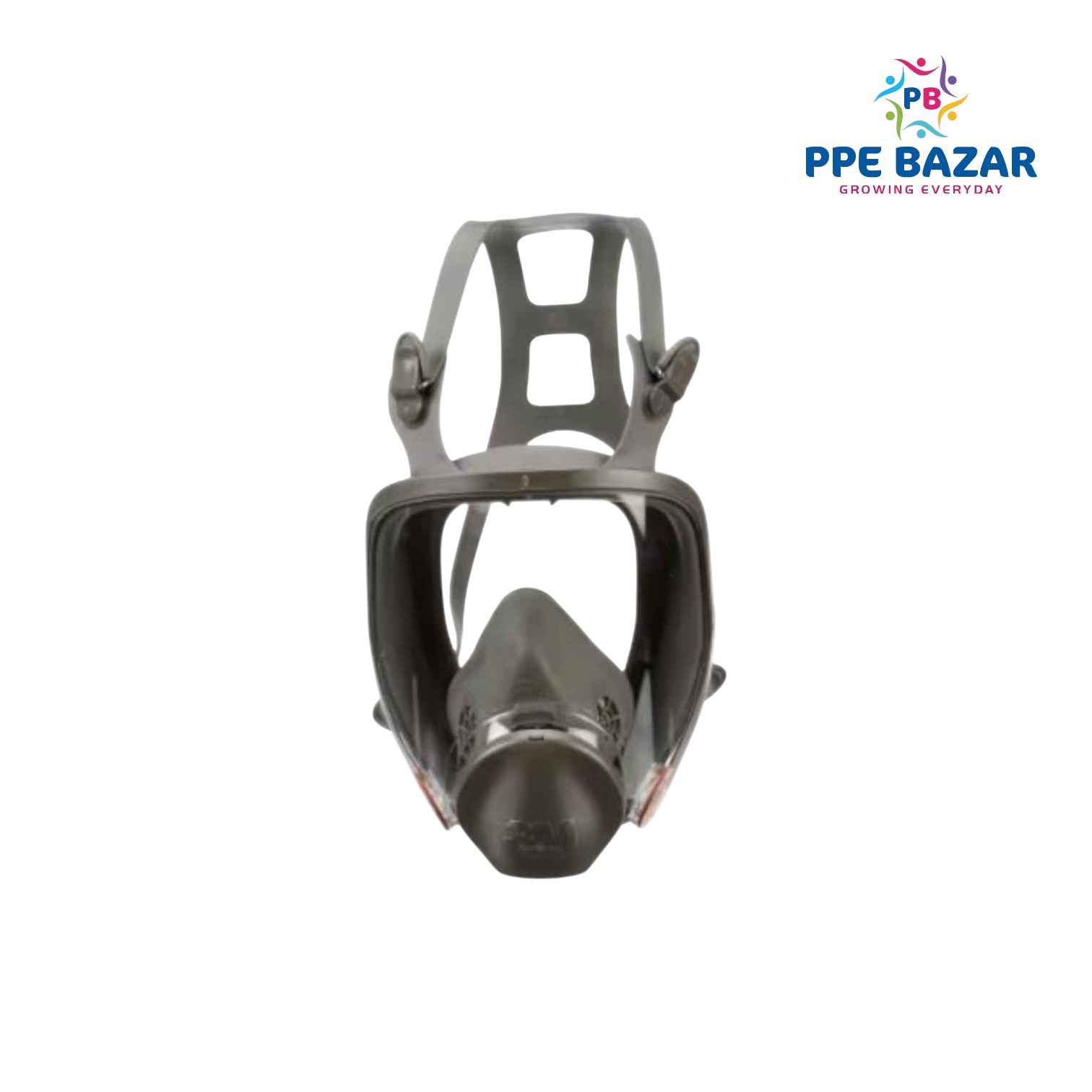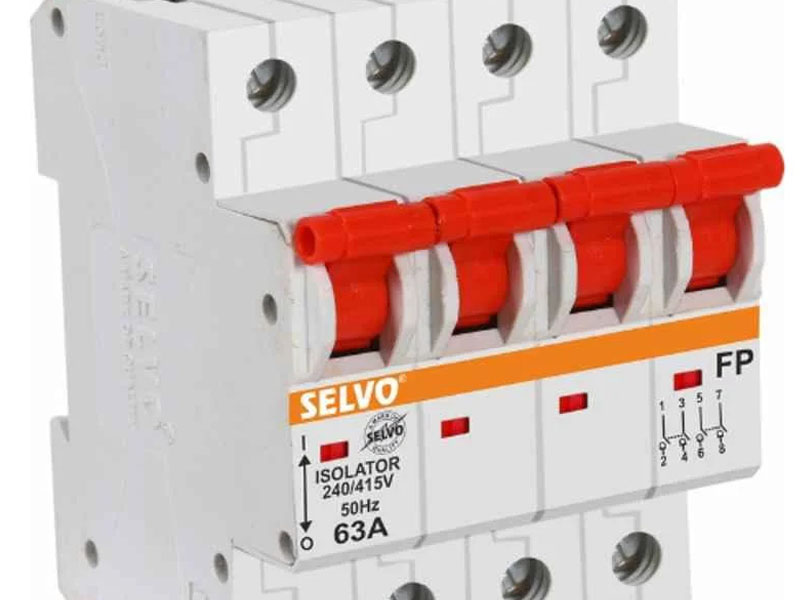An SCBA (Self-Contained Breathing Apparatus) full face mask that conforms to the EN 136 (1998) standard meets specific safety and performance criteria set by the European Standard for respiratory protective devices. Here's a brief overview of what this standard entails:
EN 136 (1998) Standard Overview:
Scope: This standard specifies the minimum requirements for full face masks used as part of respiratory protective devices, including those for SCBA.
Classification: The standard classifies full face masks into three classes:
- Class 1: Low maintenance and lower durability masks.
- Class 2: General-purpose masks with higher durability and performance.
- Class 3: High-performance masks designed for use in hazardous conditions with maximum durability and resistance.
Materials and Construction:
- Masks must be made from materials that do not have any adverse effects on the wearer.
- The construction should provide a good seal, be robust, and resist aging and damage from exposure to normal environmental conditions.
Performance Requirements:
- Field of Vision: The mask must offer a clear and wide field of vision.
- Resistance to Breathing: It should maintain low breathing resistance.
- Leakage: The mask must minimize leakage to prevent contaminants from entering.
- Mechanical Strength: Must withstand impact, temperature extremes, and other mechanical stresses.
- Compatibility: Should be compatible with other equipment such as helmets, hearing protection, and SCBA units.
Testing:
- Includes tests for visual clarity, resistance to impact, resistance to heat and flame, and overall durability under various conditions.
Marking and Information:
- Masks must be clearly marked with the class, standard (EN 136:1998), and manufacturer information.
- Instructions for use, cleaning, maintenance, and storage must be provided.
This standard ensures that the full face masks used in SCBA systems provide reliable protection and performance in hazardous environments.
An SCBA (Self-Contained Breathing Apparatus) full face mask that conforms to the EN 136 (1998) standard meets specific safety and performance criteria set by the European Standard for respiratory protective devices. Here's a brief overview of what this standard entails:
EN 136 (1998) Standard Overview:
Scope: This standard specifies the minimum requirements for full face masks used as part of respiratory protective devices, including those for SCBA.
Classification: The standard classifies full face masks into three classes:
- Class 1: Low maintenance and lower durability masks.
- Class 2: General-purpose masks with higher durability and performance.
- Class 3: High-performance masks designed for use in hazardous conditions with maximum durability and resistance.
Materials and Construction:
- Masks must be made from materials that do not have any adverse effects on the wearer.
- The construction should provide a good seal, be robust, and resist aging and damage from exposure to normal environmental conditions.
Performance Requirements:
- Field of Vision: The mask must offer a clear and wide field of vision.
- Resistance to Breathing: It should maintain low breathing resistance.
- Leakage: The mask must minimize leakage to prevent contaminants from entering.
- Mechanical Strength: Must withstand impact, temperature extremes, and other mechanical stresses.
- Compatibility: Should be compatible with other equipment such as helmets, hearing protection, and SCBA units.
Testing:
- Includes tests for visual clarity, resistance to impact, resistance to heat and flame, and overall durability under various conditions.
Marking and Information:
- Masks must be clearly marked with the class, standard (EN 136:1998), and manufacturer information.
- Instructions for use, cleaning, maintenance, and storage must be provided.
This standard ensures that the full face masks used in SCBA systems provide reliable protection and performance in hazardous environments.






